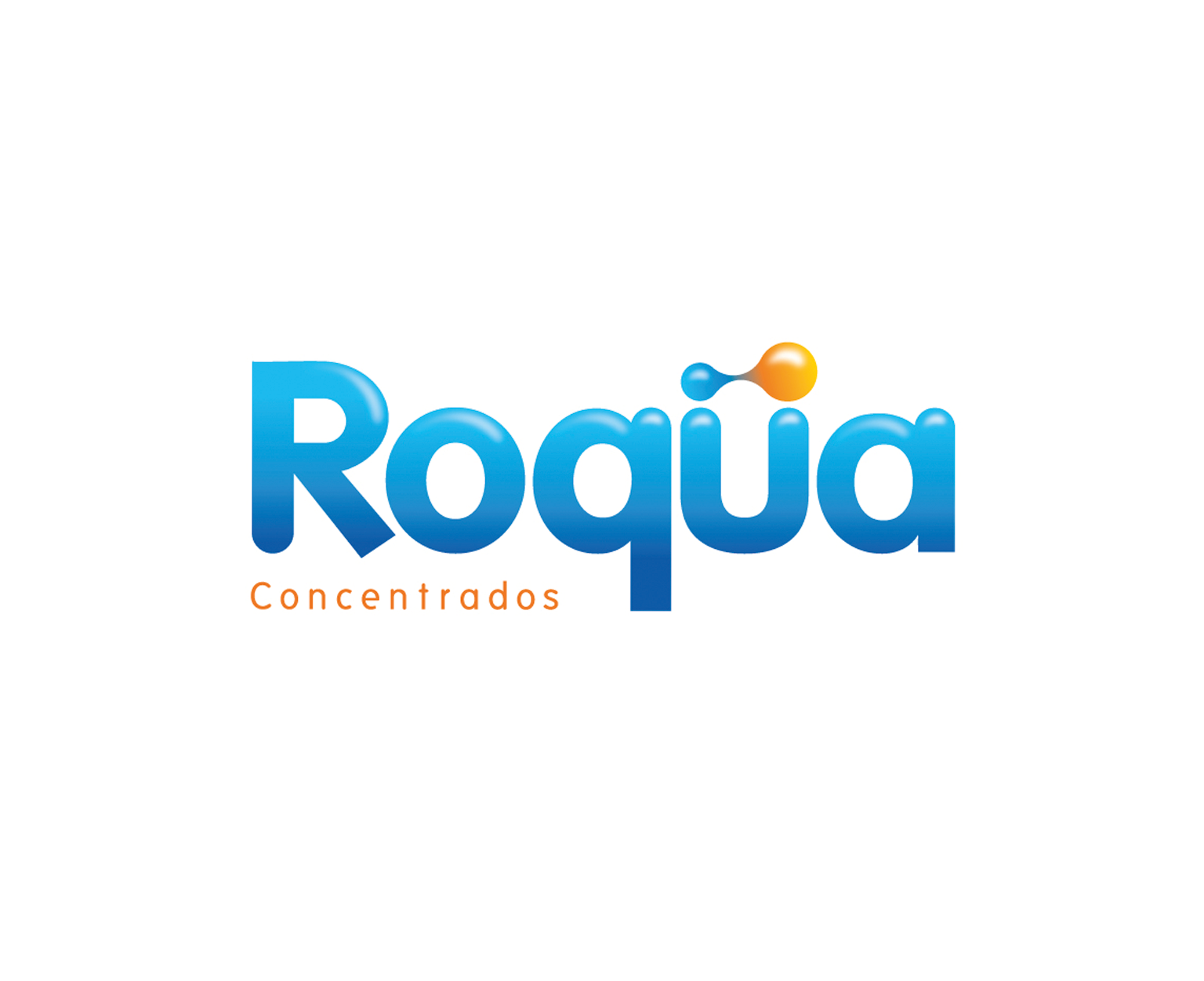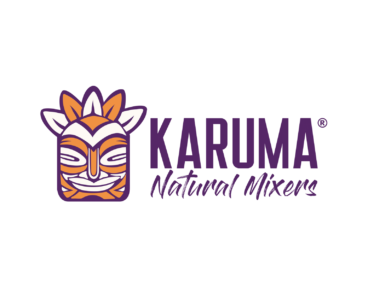Okay, quick confession: I used to dread opening my crypto wallet dashboards. Seriously? Every time I tried to check how my DeFi positions and NFT stash were doing, it felt like juggling flaming swords. Multiple chains, dozens of protocols, and a mess of tokens. Wow! The complexity is real.
So, I was thinking about how fragmented the whole landscape is. You’ve got Ethereum, Binance Smart Chain, Polygon, Avalanche… each with their own DeFi projects and NFT marketplaces. And if you’re like me, trying to keep tabs on all that without losing your mind is nearly impossible. My instinct said there’s gotta be a better way to get a bird’s eye view without hopping between 5 different apps or browser tabs.
Here’s the thing: DeFi protocols are exploding in number and innovation, but they also bring a ton of data noise. At first, I thought tracking yields and TVL (Total Value Locked) was straightforward. But then, wait—let me rephrase that—it’s more like a spaghetti bowl of liquidity pools, staking farms, and lending protocols, each with their own quirks and risks. Oh, and by the way, NFTs add another layer of complexity since they’re often scattered across multiple chains and wallets too.
On one hand, this multi-chain explosion feels empowering—more options, more diversification. Though actually, it also means I’m constantly worried about missing some crucial info or mismanaging my assets. Not to mention, every new protocol has its own UI and metrics. This part bugs me.
Enter debank, which I stumbled across while reading some forums. Initially, I was skeptical. Another portfolio tracker? Seriously? But the more I dug in, the more it felt like a game-changer. It pulls your DeFi positions, NFT collections, and even your cross-chain balances into one dashboard that actually makes sense.
Let me break down why that’s a big deal. First, imagine not having to log into 10 different wallets or protocol UIs. Debank aggregates everything from Ethereum to Avalanche and beyond, showing you your holdings, ongoing farming rewards, and even your debts if you’re into lending. It’s like having a personal assistant who’s obsessed with crypto data.
Hmm… I remember the first time I saw my multi-chain portfolio aggregated there. It was eye-opening how scattered my assets really were. Suddenly, I could spot inefficiencies, like assets stuck in low-yield pools or orphaned tokens I forgot about. That’s when the aha moment hit—the fragmentation wasn’t just annoying, it was costly.
Check this out— Seeing everything side by side made me rethink my allocation strategy. For example, I realized I had way too much exposure to one chain’s DeFi projects, which is risky given how volatile these networks can be.
Seeing everything side by side made me rethink my allocation strategy. For example, I realized I had way too much exposure to one chain’s DeFi projects, which is risky given how volatile these networks can be.
Now, here’s the kicker about NFT portfolios. They’re often treated as collectibles, but their value and liquidity dynamics are tricky. Debank lets you track your NFTs’ floor prices across marketplaces and chains, which is super helpful. I’m biased, but having that info in one place saves me hours of hunting down data manually.
Honestly, managing a multi-chain portfolio without such a tool feels like trying to find a needle in a haystack. And I’m not even talking about the gas fees for moving assets between chains—oh man, that’s a whole other headache. But knowing your exact exposure and positions helps you plan those moves smarter, minimizing unnecessary transactions.
One thing I’m still wrapping my head around is the security aspect. Giving a third-party app access to your wallet data sounds scary at first. But Debank operates as a read-only tracker—it never moves your funds or requires custody. That distinction is crucial and should be a dealbreaker for anyone considering these platforms.
Still, I keep a close eye on permissions and always recommend users do the same. Something felt off about blindly trusting any tool, no matter how good it looks. It’s about balancing convenience with caution.
The DeFi Landscape: Why Protocols Matter for Your Portfolio
DeFi protocols are the building blocks of your crypto financial ecosystem. From automated market makers like Uniswap and PancakeSwap to lending platforms such as Aave or Compound, each serves a unique function. For a while, I assumed sticking to one or two big protocols was enough. But as I learned more, I realized that diversifying across protocols and chains can reduce risk and unlock better yields.
However, the downside is the rapid pace of innovation means protocols rise and fall fast. Remember those yield farms that promised crazy APYs but ended up as rug pulls? Yeah, that made me extra cautious. Debank’s tracking helps spot suspicious activity or sudden drops in liquidity, which is super useful for risk management.
Still, not every protocol is created equal, and some have complex reward structures or lock-up periods that aren’t obvious at first glance. Debank’s detailed breakdowns help demystify those intricacies, though I’m not 100% sure it catches everything—some newer protocols have unique mechanics that still require manual digging.
What I love about this tool is that it encourages a more holistic portfolio view rather than isolated snapshots. Instead of obsessing over one token or farm, you start seeing patterns and can adjust your exposure accordingly—kind of like being a portfolio manager without the fancy suit.
Multi-Chain Portfolios: The New Normal or a Passing Fad?
Multi-chain is where things get wild. I remember when Ethereum was basically the only game in town, but now it feels like a crypto universe with multiple planets. Managing assets across these “planets” can be exhausting. You’re constantly switching wallets, dealing with different token standards, and praying you don’t send funds to the wrong address. Seriously, it happened to a friend of mine—ouch.
Debank’s ability to consolidate multi-chain data is what sets it apart. It’s like having a universal remote for your decentralized finances. But there’s a catch: not all chains or protocols are integrated equally. Some of the newer or less popular chains might lag behind, which can give an incomplete picture.
Still, that’s a problem with the industry as a whole, not just this tool. I’d bet that as DeFi matures, tools like Debank will push to cover more ground and smooth out these gaps. For now, it’s the best bet I’ve found for multi-chain portfolio management.
Oh, and by the way, if you’re dabbling in NFTs, multi-chain tracking is a godsend. NFTs aren’t just on Ethereum anymore; they’re on Solana, Flow, and others. Trying to track their value and provenance manually? Forget about it. The dashboard’s visual summaries and floor price updates give you much-needed clarity.
One thing I’m still cautious about is the potential for over-reliance on dashboard analytics. Numbers and charts are great, but they don’t replace understanding the fundamentals of the protocols or the communities behind your NFTs. Tools like Debank help, but they’re not crystal balls.
Final Thoughts: Keeping It Real in a Complex Crypto World
So, what’s my takeaway? Managing DeFi and NFT portfolios across multiple chains is a headache but also an opportunity. Tools like debank don’t just save you time—they help you make smarter decisions by providing a panoramic view of your holdings.
That said, no tool is perfect, and the crypto space is still wild and evolving. I’m still learning and occasionally missing some nuances or new protocol features. But having a consolidated dashboard is a huge leap forward from the chaos I had before.
Honestly, the journey feels like learning to drive on a busy highway with no GPS. At first, it’s nerve-wracking and you’re prone to wrong turns. But once you find a reliable map and some guideposts, the ride becomes smoother and more confident.
So, if you’re juggling DeFi farms, NFT collections, and assets on multiple blockchains, I’d say give tools like Debank a shot. Just remember to keep your wits about you, double-check permissions, and never stop learning. This space moves fast, and sometimes you gotta roll with the punches—and the occasional gas fee surprise.












